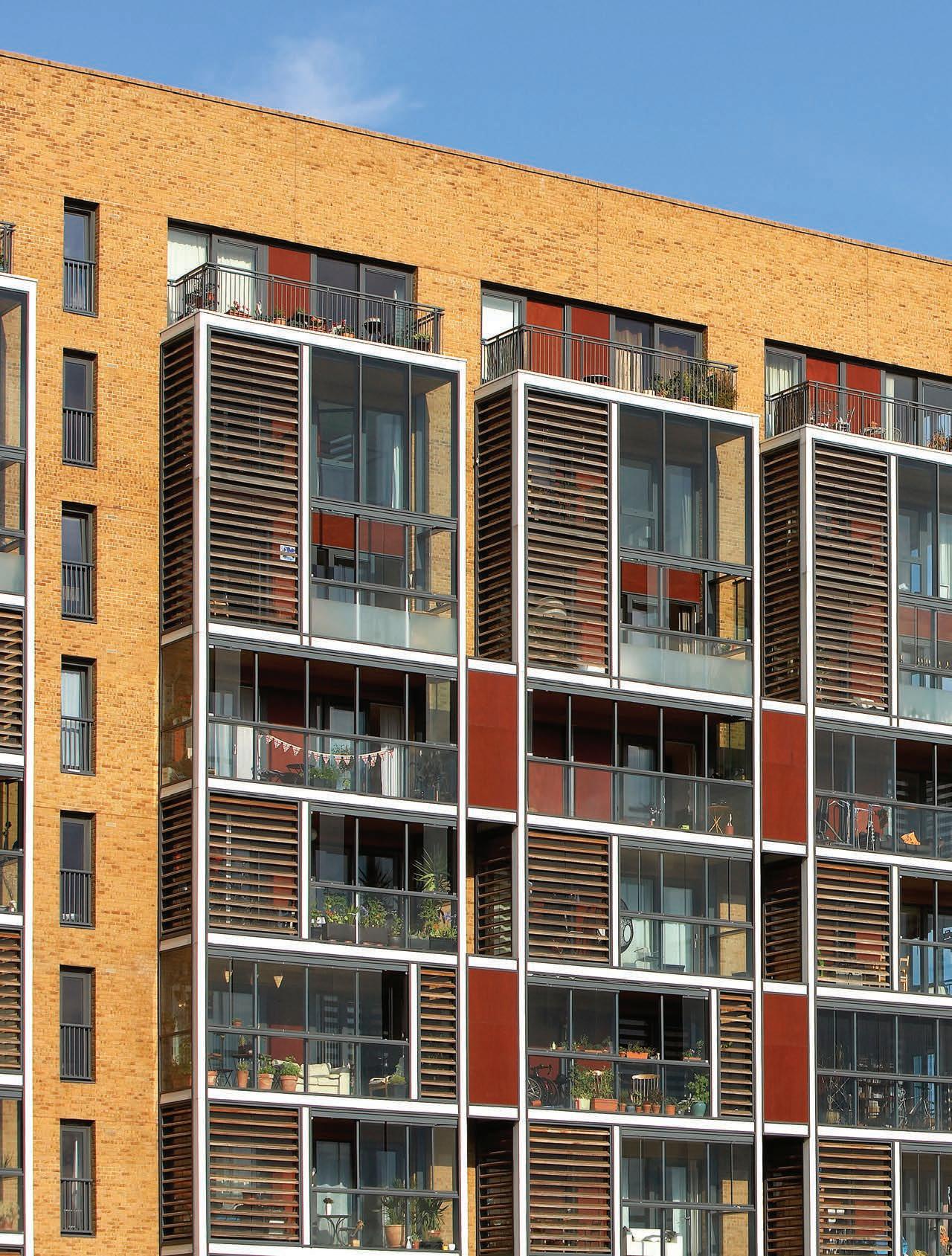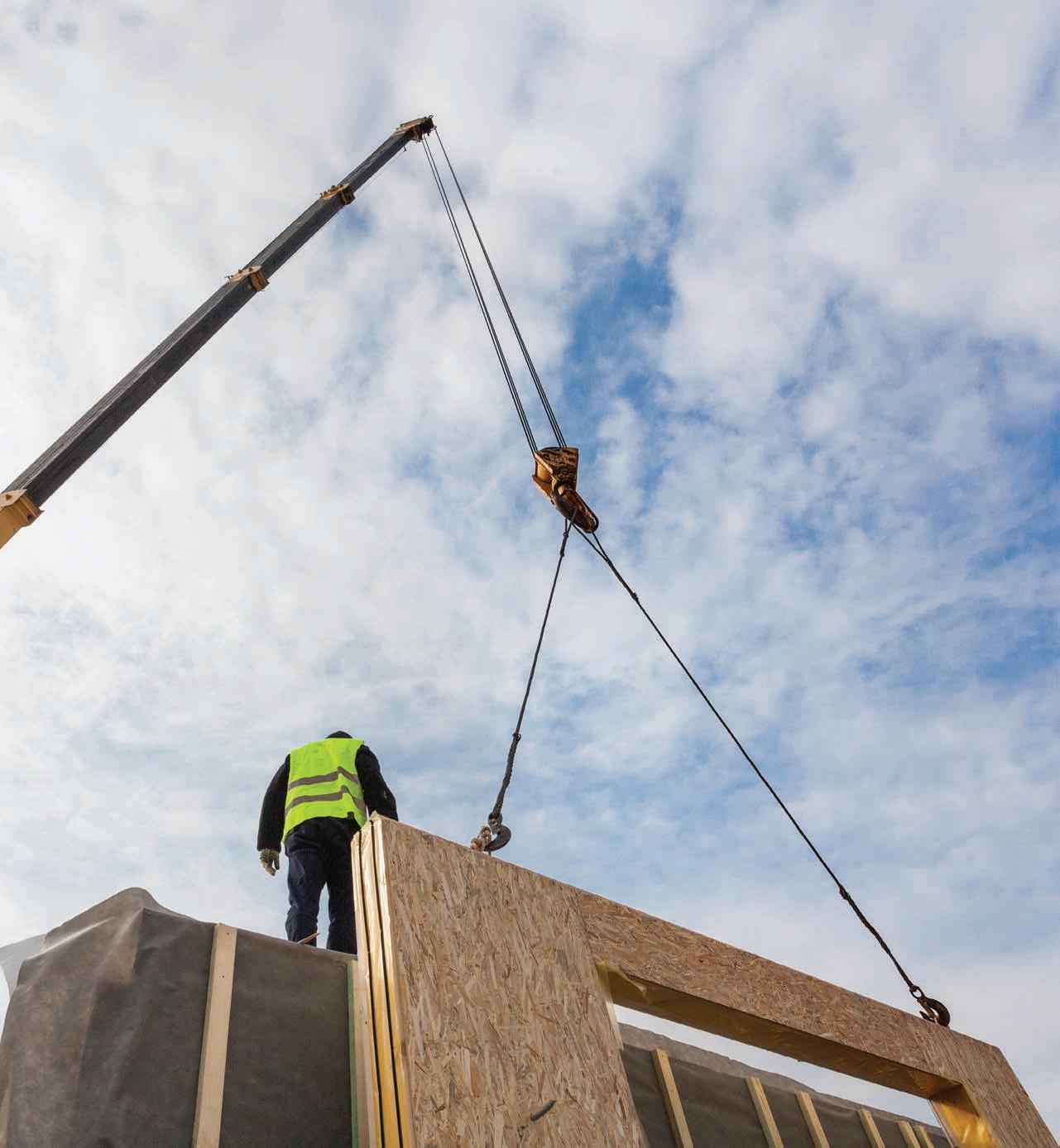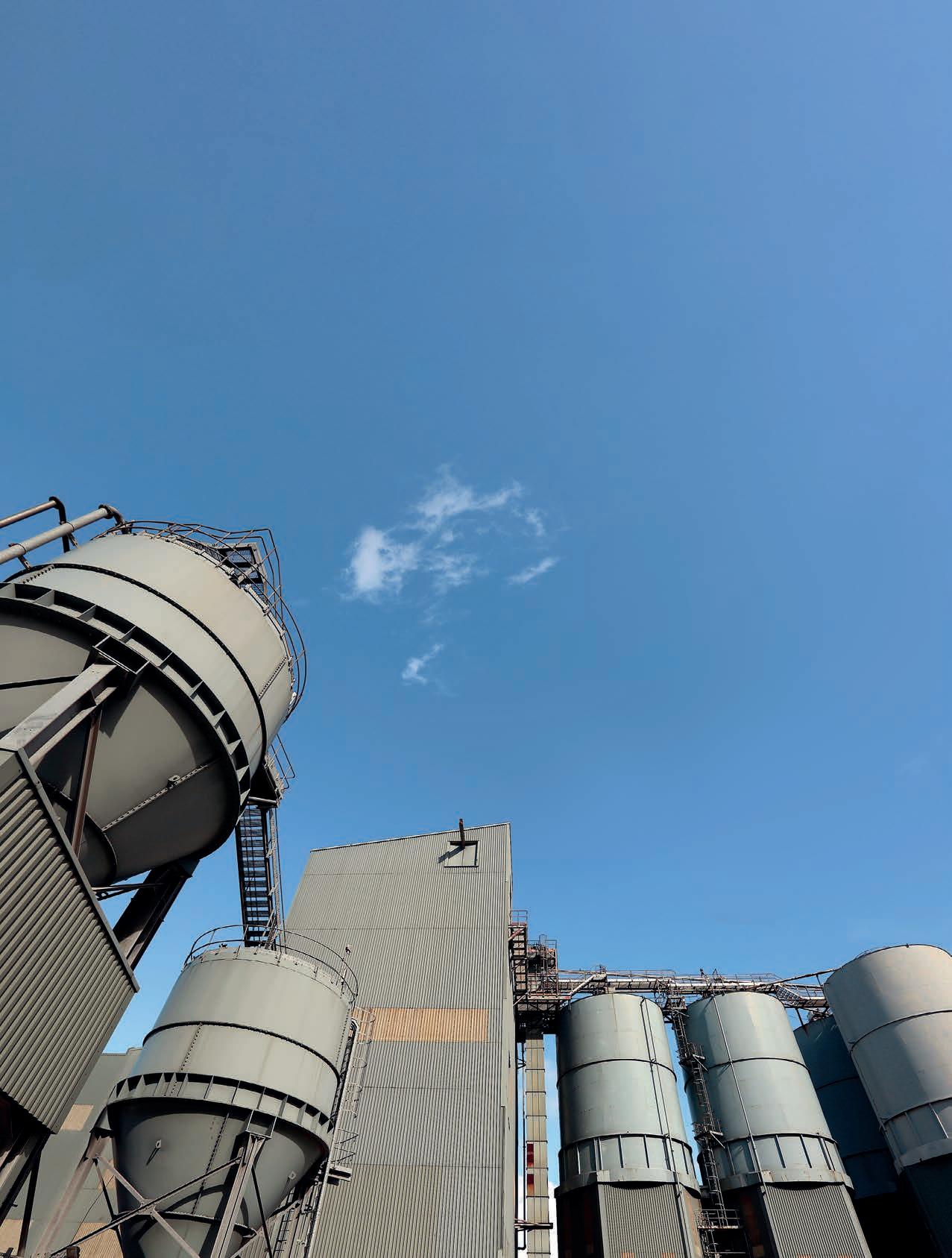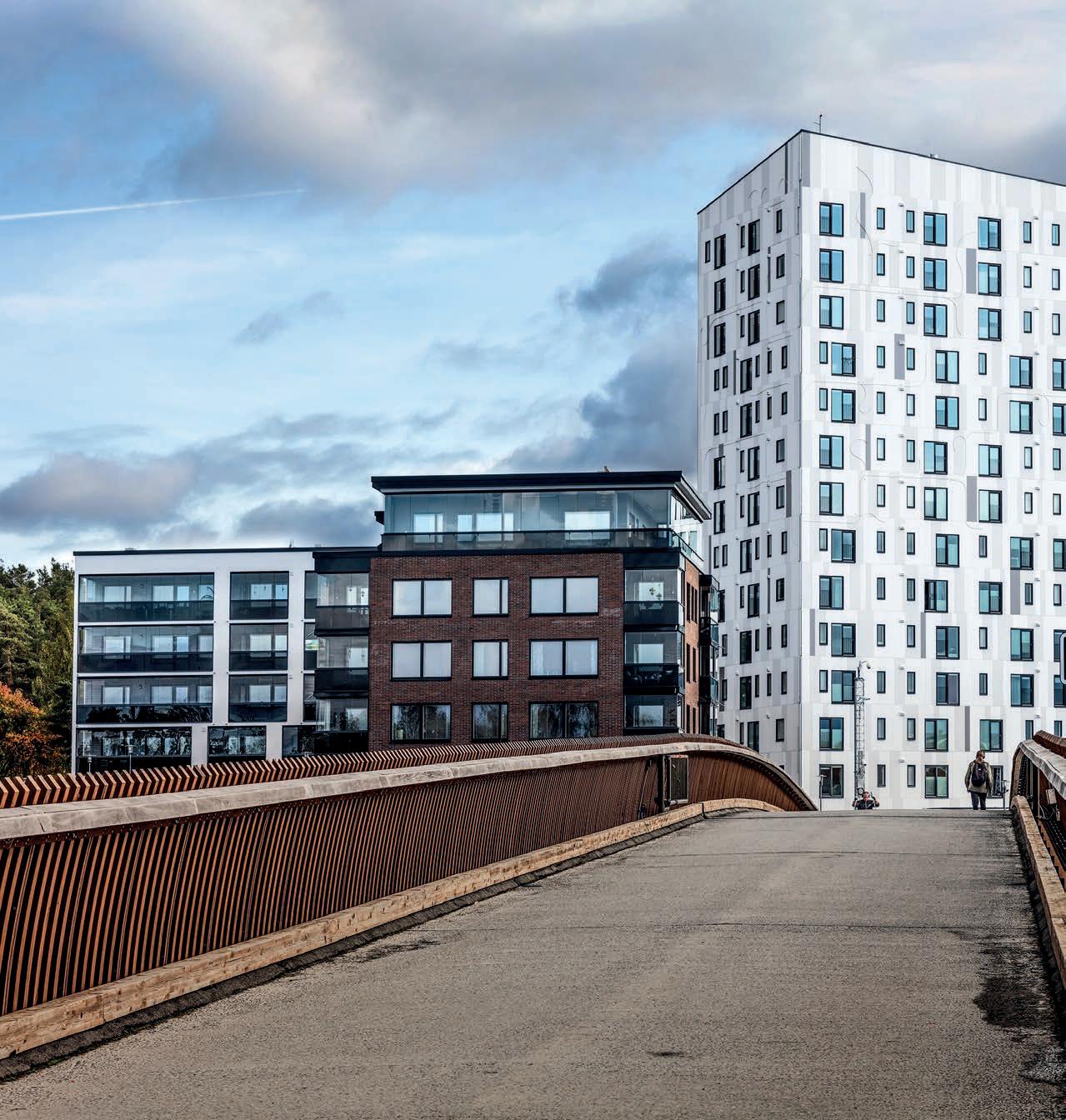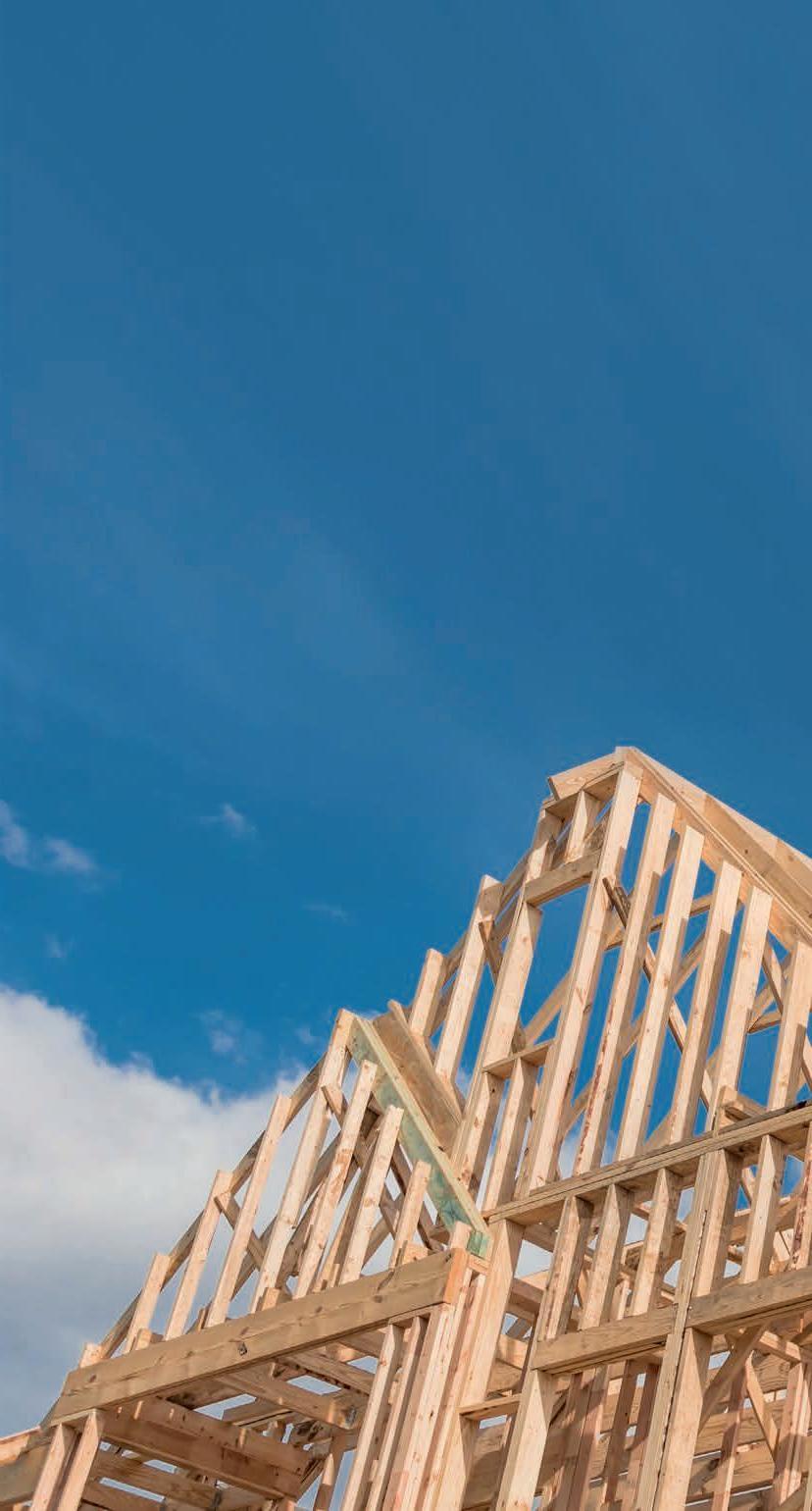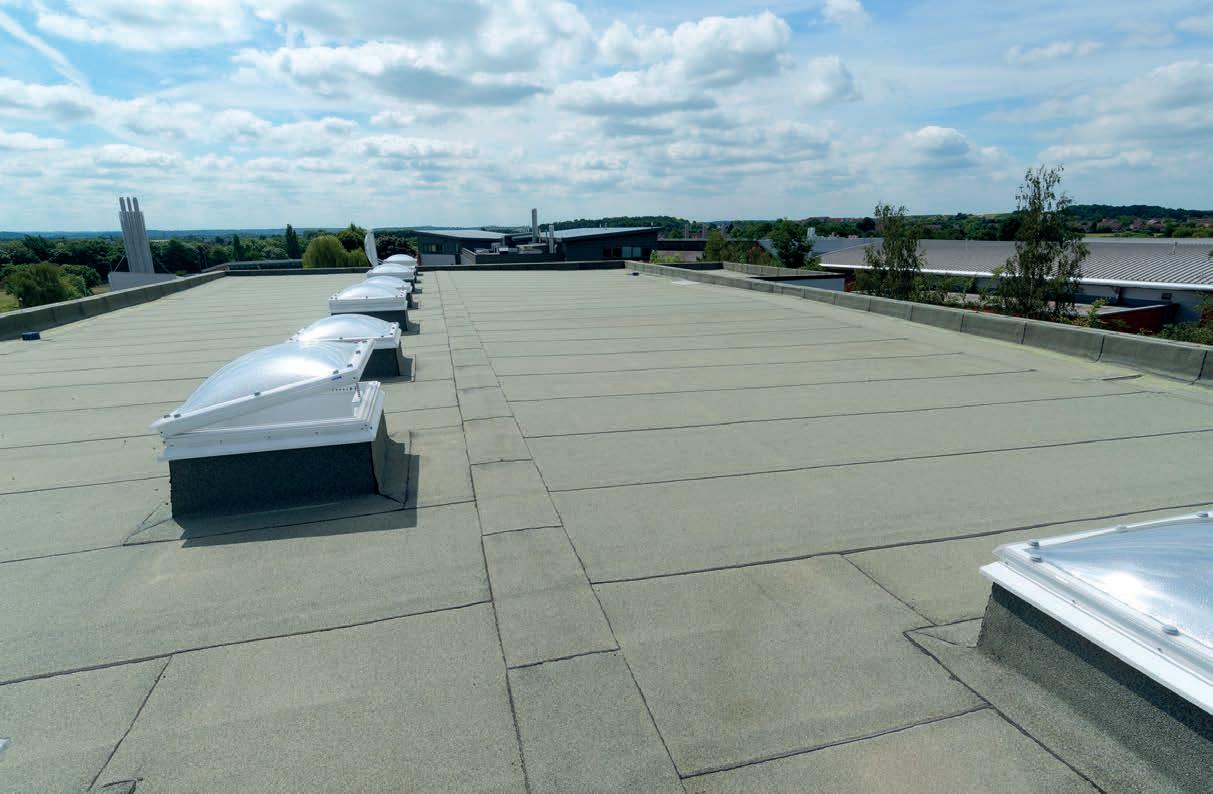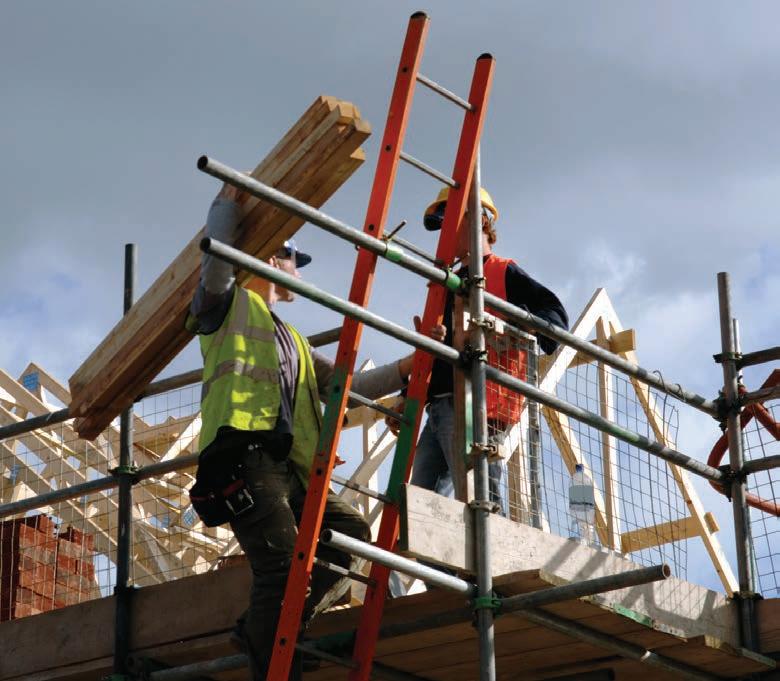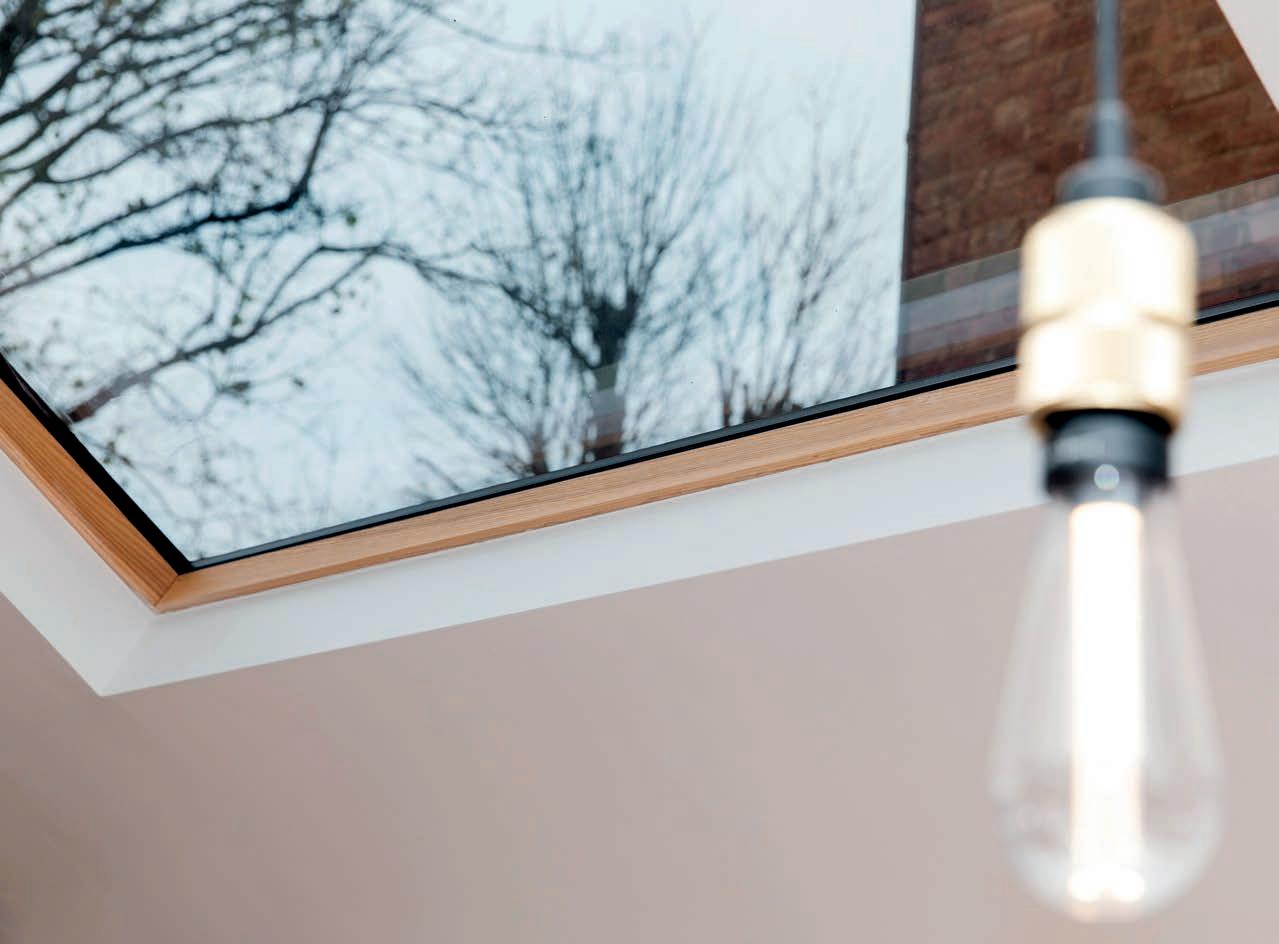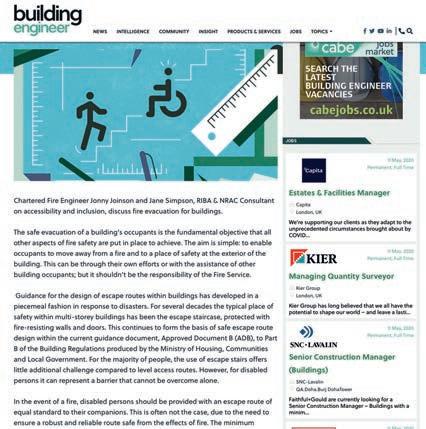INTELLIGENCE
JUNE 2020
T
Sustainability credentials aside, the human cost of the housing crisis cannot be ignored. As the report notes: “The housing crisis in the UK has a fundamental and negative effect on our quality of life. A lack of affordable housing is consistently linked to poverty, poor mental and physical health.” Success in creating a flourishing housing industry, and in turn, a flourishing timber industry, would be felt right across the country.
Offsite timber-frame construction
a significant downturn in production. Until recently, this stigma has remained. Perceptions are very different in Scotland where timber frame remains wellrespected, with production hardly affected and timber frame continuing to account for 75% of all new houses. Quite rightly, we’re now seeing a shift in mentality throughout the rest of the UK. It’s a method that combines speed, quality and efficiency; all of which contribute to affordable, low-carbon, efficient homes. Today’s offsite timber-frame homes – thanks largely to technological advances – are also high quality. Offsite construction’s controlled approach to planning and constructing buildings significantly minimises any room for error, and gives opportunity for new eco-friendly process planning, designing and installing within a much-reduced time frame and budget. The factory setting allows better quality control of
“CLT is easy to transport and modify, reduces noise pollution on site and is highly cost efficient”
Throughout the 1950s and 1960s the UK building industry moved towards industrialised forms of building, and in the early 80s prefabricated housing became dominated by timber-frame systems. Timber-framed dwellings grew steadily to around 30% of the new-build market until negative media coverage and the public’s continued general suspicion of modern construction methods contributed to
BUILDING ENGINEER
12
he government needs to build 300,000 new homes in England per year while achieving zero carbon emissions by 2050. Construction 2025, a joint government and industry strategy, has outlined targets for the UK construction sector, including halving constructionrelated emissions and project delivery times, and reducing construction costs by a third, by 2025. These ambitious goals are made no less so by the industry’s reliance on concrete, “the most destructive material on Earth,” according to The Guardian. According to the All-Party Parliamentary Group (APPG) for the Timber Industries’ report, How the timber industries can help solve the housing crisis, if 270,000 of these new homes were to be built by the timber industry, three million tonnes of carbon dioxide would be absorbed and stored each year and build times would be 30% quicker. The report goes on to argue that using timber in construction is central to meeting emissions targets and urges the government to implement the recommendations of the Climate Change Committee by increasing the use of timber in construction.
Good with wood? Jeremy English, Director at Södra Wood, believes timber is the answer to the building industry’s problems, if only it can give up concrete…
12-13 Sodra_BE June 2020_Building Engineer.indd 12
18/05/2020 11:01


